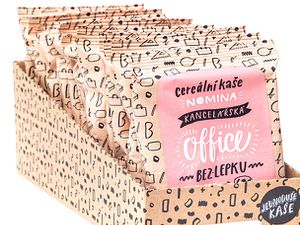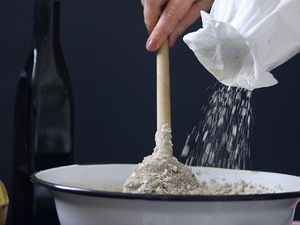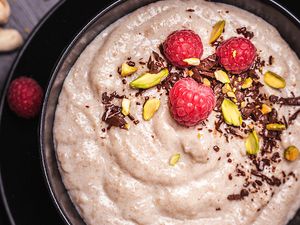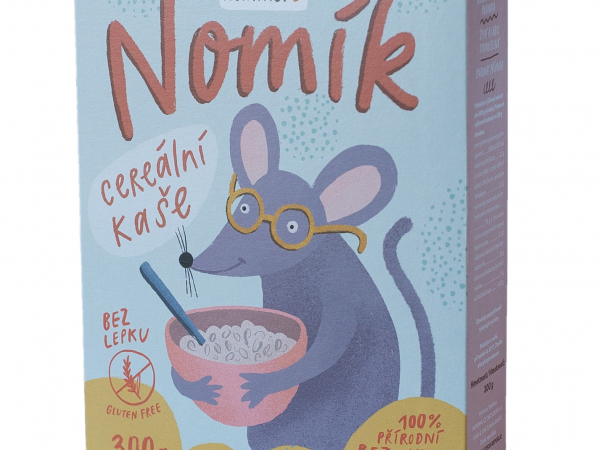It generally applies that gluten-free food can be divided into naturally gluten-free and that which has had the gluten removed during the production process. Majority of people automatically believe that naturally gluten-free food cannot contain gluten at all. That is not necessarily true though.
It is worth noting that a gluten-free diet means complete elimination of gluten from the diet. A large number of producers attempt to manufacture gluten-free food nowadays, which brings both legislative requirements and most importantly necessary adjustments to the technological processing.
The fact remains that hardly anybody would expect gluten in a naturally gluten-free product.
What can make things slightly complicated is the fact that a producer may process more than one type of food in their plant.
Has it ever happened to you that you cooked a dish using naturally gluten-free ingredients, yet you felt terrible after eating it showing symptoms of a dietary error? It might have been someone else’s mistake. It might have been a case of naturally gluten-free food which had been contaminated during the course of processing, packaging or transport.
Gluten contamination. How does it happen?
Majority of food producers process, package and distribute a broad portfolio of products in their plants. If a naturally gluten-free ingredient (like millet) is processed, the same facilities may be used as for processing wheat for instance. Needles to elaborately describe the potential result. Millet being naturally gluten-free may end up containing gluten.
Majority of producers process certain food containing gluten and other allergens.
This fact is reflected in the Regulation (EC) No. 41/2009 of 20th January 2009 concerning the composition and labelling of foodstuffs suitable for people intolerant to gluten laying down the provisions relating to the composition and labelling of food products for people intolerant to gluten. In our country, the regulation came into force, following a 3 year transitional period, as of 1st January 2012.
And what does it really mean for us? Bellow we have laid down the most important points of the regulation.
What is gluten free food?
The (EC) Regulation No. 41/2009 defines two fundamental food categories for a special diet suitable for people intolerant to gluten whereby different requirements regarding contents and labelling apply to each one of them:
- Food labelled as “GLUTEN-FREE”: The gluten content may not exceed 20 mg / 1 kg
- Food labelled as “VERY LOW GLUTEN”: The gluten content may not exceed 100 mg / 1 kg
Practically speaking, this means that gluten-free food does not necessarily contain zero gluten. However, it is necessary that gluten-free food fulfils the above maximum level of gluten content per 1 kg of product weight.
It may seem strange at first glance, but numerous independent studies have shown that gluten content this low is not detrimental to a gluten-free diet. Despite this, the “gluten-free” label is primarily intended for food with no content of wheat, barley, rye, oat or hybrids thereof. Such food contains other ingredients replacing wheat, barley, rye and oat (meaning naturally gluten-free ingredients).
Deproteinised wheat starch and the coeliac disease
Majority of coeliacs stumble upon the deproteinised wheat starch while reading food labels. Although there is the word wheat in the name, most coeliacs can remain calm. It is a specially modified ingredient where most of gluten is removed.
What does it really mean? It is not a naturally gluten-free ingredient. On the other hand, you can find the deproteinised wheat starch exclusively in food labelled as gluten-free. Such food is subjected to periodical inspections of the gluten content making it paradoxically more certain to buy a product containing this ingredient, because its gluten content must conform to the strict regulations which we are about to discuss in the following chapter.
Only those who are allergic (or intolerant) to wheat itself should be careful. In these cases, it is highly probable that consuming such products will cause problems.
Labelling of gluten-containing ingredients in food
Under Decree No. 113/2005 Coll. on the method of labelling foodstuffs and tobacco products, the name of each allergenic ingredient used in the foodstuff manufacturing and present in the final product even in an alternated form must be stated among the ingredients. Grains containing gluten are one of these ingredients. Use of wheat flour must therefore be declared in the foodstuff ingredients. There is an exception for food containing the allergenic ingredient in their title (e.g. wheat-rye bread, oatmeal and the like).
The above stated does not apply to certain food with which it has been proven that, due to the production technology used, the final product does not contain residue of the originally contained allergenic ingredient.
In case of food containing gluten, the exceptions are as follows:
- glucose syrup and wheat dextrose
- wheat-based maltodextrin
- glucose syrup made from barley starch
- grains used for distilling or making of agricultural alcohol for spirits or other alcoholic beverages
The existence of these exceptions is supported by an independent standpoint of the European Food Safety Authority (EFSA).
Preventive labelling of allergens
The purpose of preventive labelling is to notify the consumers of an unintentional contamination risk as mentioned at the beginning of this article. This preventive labelling is used in such cases where the allergenic ingredient (e.g. gluten) has not been intentionally added during the course of the product manufacturing, however there is a small quantity of the allergen contained in the product despite anti-contamination measures having been taken.
The following labels may serve as examples of preventive labelling:
“May contain peanuts.”
“May contain traces of gluten.”
By contrast, a label which cannot be considered an adequate and succinct notification of potential small quantities of allergenic ingredients is, for example, the following:
“Manufactured in a plant processing eggs, peanuts, sesame.”
This does not necessarily benefit the consumer. The presence of such warning may have a negative influence on the variety of diets of those suffering from allergy or intolerance. As an example, a research focused on using preventive labelling conducted by the Food Safety Authority of Ireland showed that 94% of food labelled preventively did not contain detectable amounts of allergens.
For this reason, the Czech Agriculture and Food Inspection Authority (SZPI) applies the approach hereunder during its controls which should serve to prevent abuse of the preventive labelling:
- The use of preventive labelling must be justified (e.g. based on risk assessment, production machinery screening or outgoing inspection).
- The operator must declare that they have taken adequate preventive measures to eliminate the risk of contamination by an allergenic ingredient.
- The preventive labelling does not strip the operator of their responsibility for maintaining proper production and hygienic procedures.
Source: szpi.gov.cz







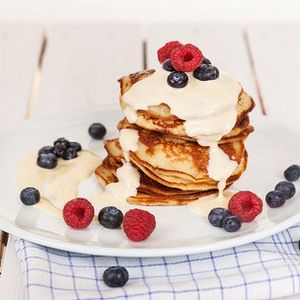
.png)
.png)

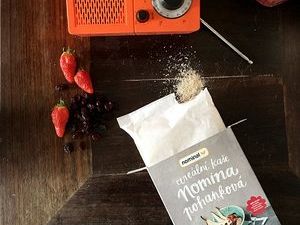
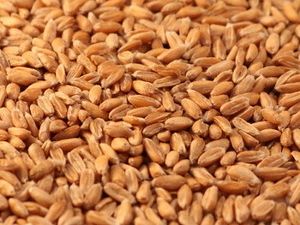
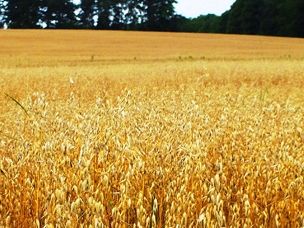
.jpg)
